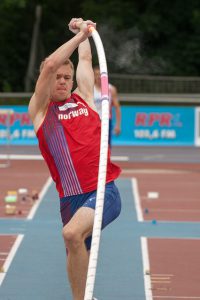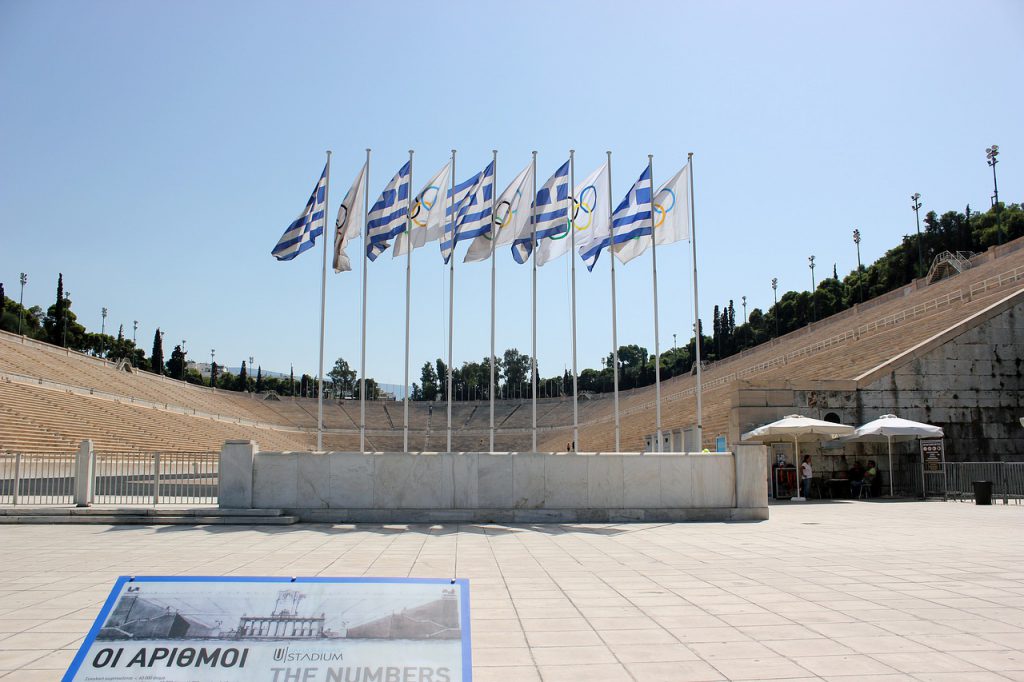A Short History of Athletics

When we talk about athletics we usually think about sports in general. However, athletics includes track and field events, cross country running, road running and race walking. Most of the activities in athletics involve running, jumping and throwing performed by individual athletes, and sometimes by several players like in combined events (heptathlon and decathlon) – that’s something people love to bet on with the help of the Betvictor new customer offer.
Even though the athletic events are usually associated with the Olympics, this is not the only competition where these events are held. There are youth level athletic competitions, but also those for high school and college level. Moreover, there are numerous professional level competitions for athletics throughout the entire year.
We know more about modern athletics than ever before. Names like Usain Bolt and Jessica Ennis-Hill will resonate through generations to come. But when and how did it all start?
Ancient Greece
To better understand the history of athletics we must go way back into the past, to ancient Greece, the motherland of the Olympics. Even though the Olympic Games from ancient Greece are very different from the ones held today, they do bear some resemblance.
The first competitions were held in the 8th century B.C. and they included some of the activities known to modern civilization. Boxing, as well as equestrian events, had a place at the competition, but most of it revolved around what we know today as athletics. These track and field events included discus and javelin throwing, jumping, and running. They were performed individually, but also combined with wrestling they formed the pentathlon. As for the running events, there were several categories. These categories depended on the number of “stades” that the athlete had to run. A stade was one fast run from one end of the stadium to the other which was around 190 metres. Therefore, there were two-stade races, but also more challenging ones like seven and 24-stade races. For the bravest and most enduring competitors, there were two-stade and four-stade races, during which the athlete had to wear armour on.

The Modern Olympics
Even though the Olympic games were not held for centuries, jumping, throwing and running continued to form part of many cultures throughout ages. However, in the 19th century, there was a growing interest in the aforementioned activities all across Europe and the United States. The activities became a familiar thing to the general population after being included in the school curricula, but also the return of the Olympic Games inspired people to turn to athletics more than ever before. After many decades, the first modern Olympic Games took place in Athens where fourteen nations sent their representatives to participate in different athletic events. These events included shot put, pole vault, javelin, discus, triple jump, long jump, high jump, 100 meters, 400 meters, 800 meters, 1500 meters, as well as 110-meter hurdles.
After a splendid come back that the Olympic Games made, there was a worldwide interest in athletics. In 1912, 17 countries from all around the world worked together to form the International Amateur Athletic Federation. It resulted in forming athletic competitions that would occur year-round in the 1970s.
The 21st Century Athletics
Today, athletics encompasses 25 indoor events and twice as many outdoor events. Some events now form part of school programs, while others have been modified. Nevertheless, the athletics still remains what it was even all those centuries ago – a thrill for the audience and a passion for the athletes.


